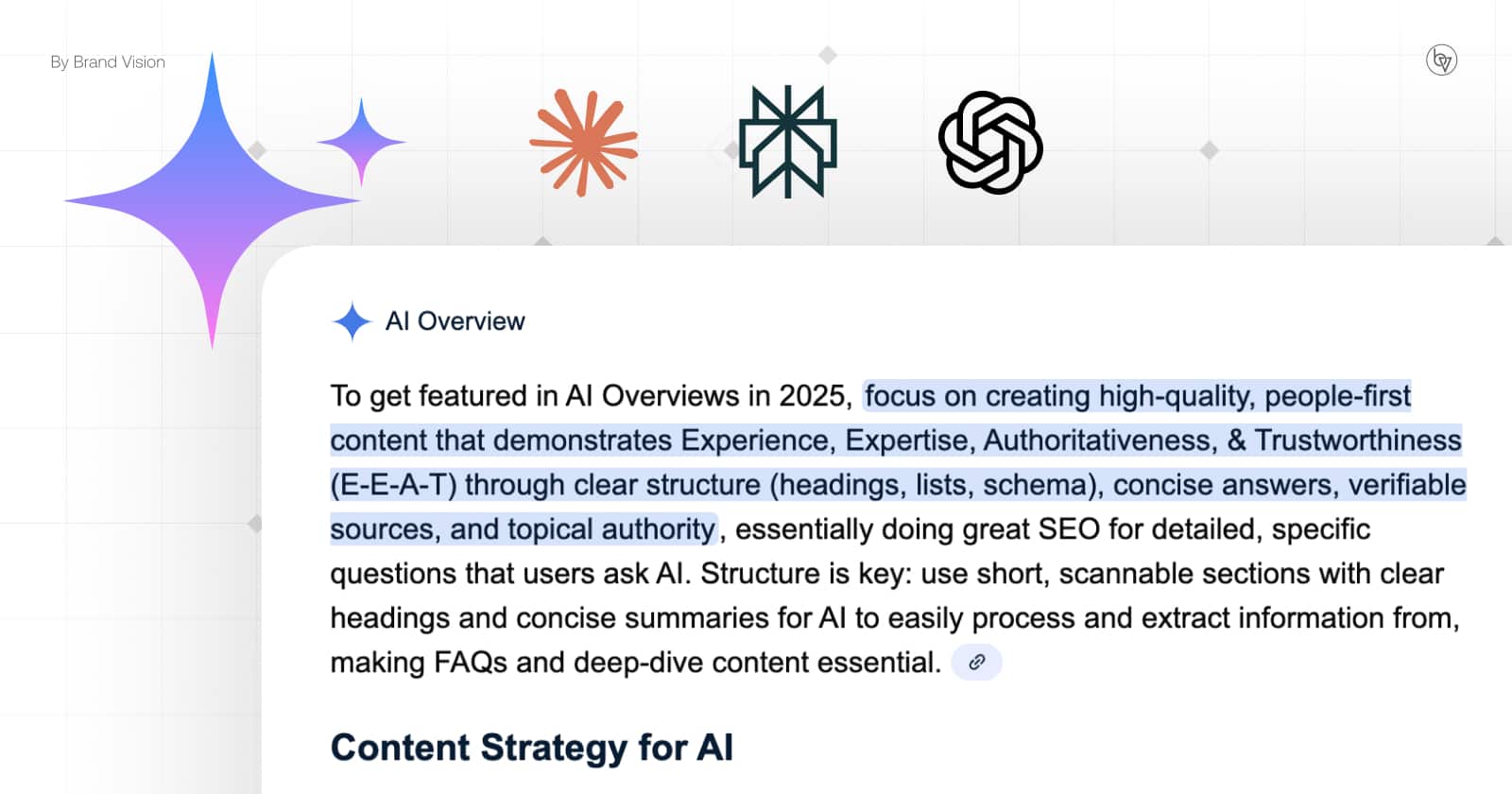How to Personalize Remote Employee Onboarding Best Practices?
Updated on
Published on

While many companies have shifted to remote work due to the COVID-19 pandemic, the importance of effective onboarding remains constant. In fact, it's even more crucial now as new employees navigate their roles from a distance without the luxury of in-person interactions and traditional office environments.
To ensure successful remote employee onboarding, organizations must find ways to personalize the experience for each individual, making them feel welcomed, integrated, and equipped to excel in their new role. This post explores some of the onboarding remote employees best practices along with the ways of personalizing them.

1. Leverage Technology for Personalization
Today's technological advancements present numerous opportunities for personalizing the onboarding experience. Consider using a combination of virtual meetings, video calls, and personalized welcome emails or messages from team members to create a warm and inviting atmosphere for new employees. Additionally, utilizing collaborative platforms that allow real-time communication can promote engagement and foster connections between team members.
2. Understand Individual Needs and Goals
One size does not fit all regarding onboarding—an individualized approach is key. Take the time to understand each employee's unique needs, goals, and strengths. Conduct thorough pre-boarding interviews with new hires to gather information about their expectations and requirements for successful integration into the team and company culture.
3. Design Tailored Onboarding Plans
Armed with insights gathered during pre-boarding interviews, create customized onboarding plans that align with each employee's goals and learning preferences. Provide clear guidelines for tasks to be completed within specific timelines while offering flexibility in how they are accomplished.
4. Assign Dedicated Onboarding Buddies or Mentors
Assigning an experienced employee as an onboarding buddy or mentor can be immensely beneficial for new hires. This person can serve as a guide throughout the remote onboarding process by sharing insights into company culture, providing context related to different departments or projects, and addressing any concerns or questions that arise along the way. To streamline this process even further, many organizations are leveraging mentoring software to facilitate seamless communication and track progress, ensuring a smooth and supportive onboarding experience. This level of personalized support can significantly ease the transition for new employees.

5. Provide Interactive Learning Opportunities
Remote employee onboarding doesn't have to be a passive experience. Incorporate interactive elements into the process to engage new hires and create collaborative learning opportunities for getting your team to work together. Consider using online training modules, gamified activities, or virtual group projects to foster active participation and knowledge retention.
Remote employee onboarding doesn't have to be a passive experience. Incorporate interactive elements into the process to engage new hires and create collaborative learning opportunities for getting your team to work together. Among the best practices for remote onboarding is using online training modules, gamified activities, or virtual group projects to foster active participation and knowledge retention.

6. Area-Specific Integration Activities
Help remote employees feel a sense of belonging by facilitating virtual activities specific to their respective teams or departments. Establish dedicated channels for informal conversations, introductions, and team-building exercises through tools like video conferencing platforms or team collaboration software. Encourage participation in these activities as they promote relationship building and encourage inclusive communication within the remote work environment.
7. Provide Ongoing Support and Check-Ins
Personalization should not stop once the initial onboarding process is complete. Schedule regular check-ins with new employees to gauge their progress, address any challenges they may be facing—whether work-related or personal—and provide ongoing support as needed. It's essential that remote employees feel valued, supported, and connected throughout their tenure with the company.

8. Foster Connections with a Virtual Socialization Strategy
Remote employees may struggle to build connections and engage socially with their colleagues in a remote work environment. To address this challenge, develop a virtual socialization strategy as part of the onboarding process. Encourage participation in virtual team-building activities like game nights, happy hours, or informal chats. Creating dedicated time for employees to connect on a personal level can help foster camaraderie and strengthen bonds, even from afar.
9. Seek Feedback and Make Continuous Improvements
Continuous improvement is essential to refine and enhance remote employee onboarding practices over time. Encourage new hires to provide feedback on their onboarding experience, including any areas they felt were lacking personalization or opportunities for improvement. Actively listen to their suggestions and implement changes accordingly. Regularly assess the effectiveness of your approach by measuring key indicators like employee retention rates and satisfaction surveys to identify areas that require adjustment or enhancement.
Conclusion
Personalizing remote employee onboarding not only increases engagement but also contributes to long-term retention and overall job satisfaction. By implementing tailored communication channels, customized materials, dedicated mentors, individualized checklists, virtual social activities, ongoing support, and readily available resources, you can create an exceptional onboarding experience remotely.







